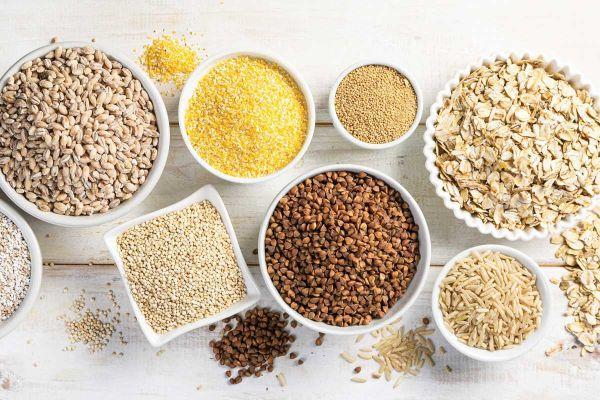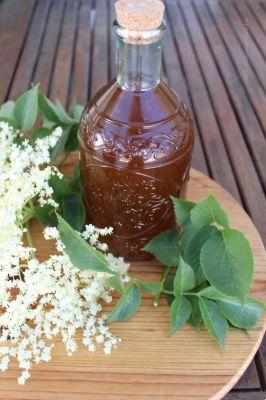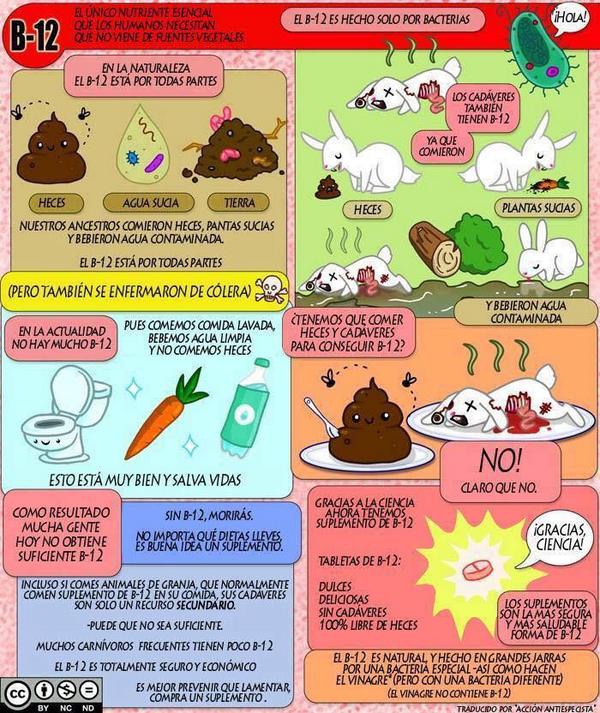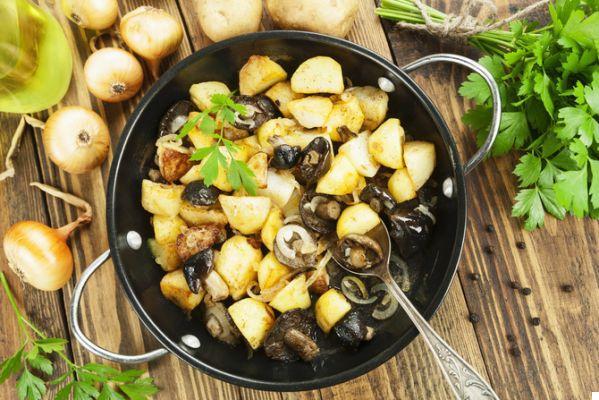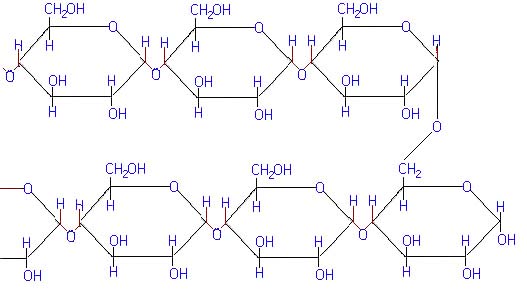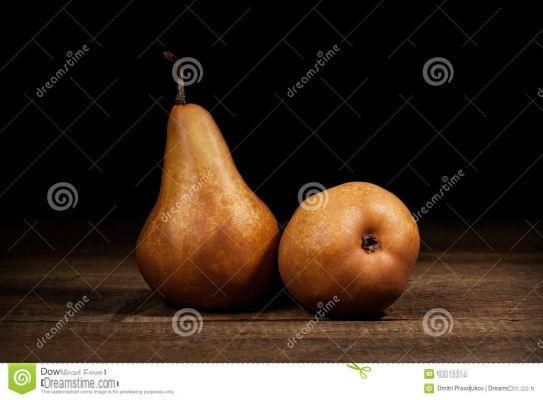
Not many people know the raven pear, even among those who frequent the mountain woods.
We often go to the other side of the planet in search of exotic fruit or we wait for some nurserymen to be able to create new exuberant crosses between species or varieties of fruit when in reality many of the unknown fruits are just forgotten. Why has the raven pear been forgotten?
It is a typical high mountain shrub, which needs calcareous soils and which does not tolerate heat and dehydration. It is a rosacea and produces small apples similar to medlar but small like blueberries, which ripen from green to very dark purple.
Despite the sweet taste, which is reminiscent of that of wild pear, the raven pear has fallen into disuse due to a ratio of pulp-skin-seeds not exactly optimal: in a single fruit there is not much to eat. Added to this is the fact that the fruits are small and which are normally found above 2000 meters.
On the other hand, it is worth remembering that other fruits have similar characteristics, we can mention the myrtle or the dog rose, and they are all very interesting fruits for the production of jams, liqueurs and other preparations.
Read also Superfruit in comparison >>
The raven pear and the virtues of small fruits
It is necessary to emphasize that historically almost all of the known fruits had similar dimensions and proportions, and that it was the human being who selected the plants with the largest fruit. And one of the ways to get bigger fruit has been, and still is, to provide plenty of water through irrigation and watering to the plants.
However, lots of water doesn't mean more nourishment, it just means dilution. This type of small fruit with little pulp in fact is a true concentrate of nutrients, and the resulting products are extremely nutritious.
Properties and characteristics of the raven pear
The raven pear is the fruit produced by some plants of the genus Amelanchier, three species above all: the ovalis, the lamarckii, the alnifolia and the canadensis.
Generally the plant comes used for ornamental purposes in parks and gardens, due to the beautiful color assumed by the leaves in autumn.
The small but striking white flowers make it a first-rate ornamental plant. The fruit is sweet, delicious, its juice is a delight and is widely consumed in North America.
Raven pear jam is a rarity that leaves you entranced and around with a little effort we can also find liqueurs, such as raven pear grappa.
The properties of the fruits are remarkable: as suggested by the color of the ripe fruit, the fruit is very rich in flavonoids and has one of the highest percentages of antioxidants among all the fruit and vegetables, certainly more than strawberries, raspberries and other berries.
Contains more proteins, calcium, potassium, iron, magnese and vitamin E and vitamin A some blueberries. They are also particularly rich in dietary fiber excellent quality.
As for the medicinal herbal side, on the other hand, infusions can be obtained from the leaves, which come directly from the ancient popular tradition, with marked febrifugal, antirheumatic, anti-inflammatory and diuretic properties.
Read also The forgotten fruit of autumn >>





